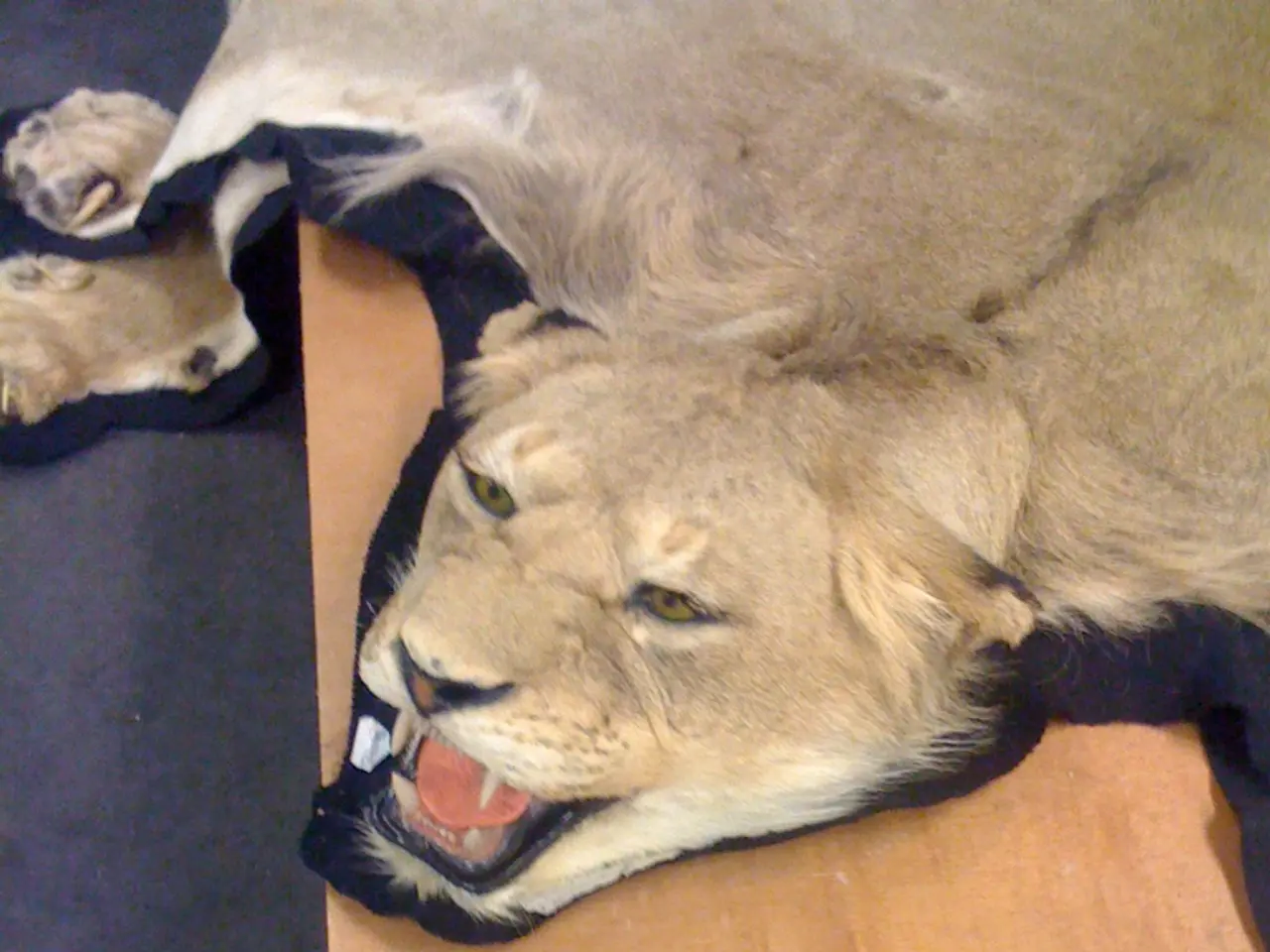Gladiator combat in Roman Britain is supported by evidence: Skull with bite marks from a lion, carbon dated to 1,800 years ago.
Breakthrough Discovery: Evidence of Ancient Roman Gladiatorial Combat with Animals Unearthed in York
In a groundbreaking discovery, a team of archaeologists and osteologists have uncovered the first physical evidence of ancient Roman human-animal gladiatorial combat in Europe. The skeleton of a man, discovered in a burial ground outside of York, UK, shows signs of combat with a lion, providing tangible proof of these lethal spectacles that were part of Roman entertainment culture.
The man, aged between 26 and 35, was likely a bestiarius - a type of gladiator who fought against animals. His skeleton was found under a layer of horse bones in a burial ground believed to be a gladiator graveyard in Roman Britain, Driffield Terrace. This burial ground, approximately 1,800 years old, has yielded numerous skeletal remains of well-built young men from around the empire, many of whom bore various healed injuries.
The man's pelvis bears bite marks that were initially thought to be from a large cat. However, a 3D model of the punctures created by the team of researchers has confirmed that the marks were indeed made by a lion. This discovery offers compelling evidence that gladiatorial combat included lethal human-animal contests, a practice previously known only through literary and artistic depictions.
The study, published today in the journal PLOS ONE, also confirms the presence of social, political, and military elite in Roman York, who would have required elaborate and cruel entertainment. Yet, the discovery of this skeleton deepens our understanding of the violent spectacle culture of Roman society, highlighting the brutal and violent nature of public entertainment, emphasizing societal fascination with death, valor, and domination over nature.
The study also supports the idea that gladiatorial games were not only human-to-human fights conducted initially for funerary honors but expanded to display control over dangerous animals as a form of mass entertainment in Roman Europe. The absence of an amphitheater in the area suggests that gladiatorial culture was deeply ingrained in the society, extending even to the farthest corners of the Roman Empire.
This discovery offers a profound insight into the social and religious culture of the Romans, where such spectacles likely held symbolic significance linked to power, conquest, and divine favor. As we continue to unravel the mysteries of this ancient civilization, the skeleton of the man who fought the lion serves as a poignant reminder of the brutal reality of their entertainment culture.
- Gizmodo reports on the future of science and technology, exploring how analysis of the man's skeleton discovered in York could enhance our understanding of medical-conditions, providing insight into ancient Roman society and their fascination with human-animal gladiatorial combat.
- In the realm of entertainment, this groundbreaking discovery offers a glimpse into the past, shedding light on the dark and violent spectacles, such as the gladiatorial games with animals, that were part of Roman culture.
- Moreover, the study published in PLOS ONE presents evidence suggesting that the practice of gladiatorial combat was not limited to human-to-human fights, but expanded to include lethal contests with animals, emphasizing the role of technology and science in uncovering historical truths.
- As researchers delve deeper into the mysteries of ancient Roman society, the skeleton of the bestiarius who fought a lion in York serves as a testament to the violent nature of their sports culture, highlighting the intriguing possibilities of future scientific discoveries and their impact on our understanding of history.








